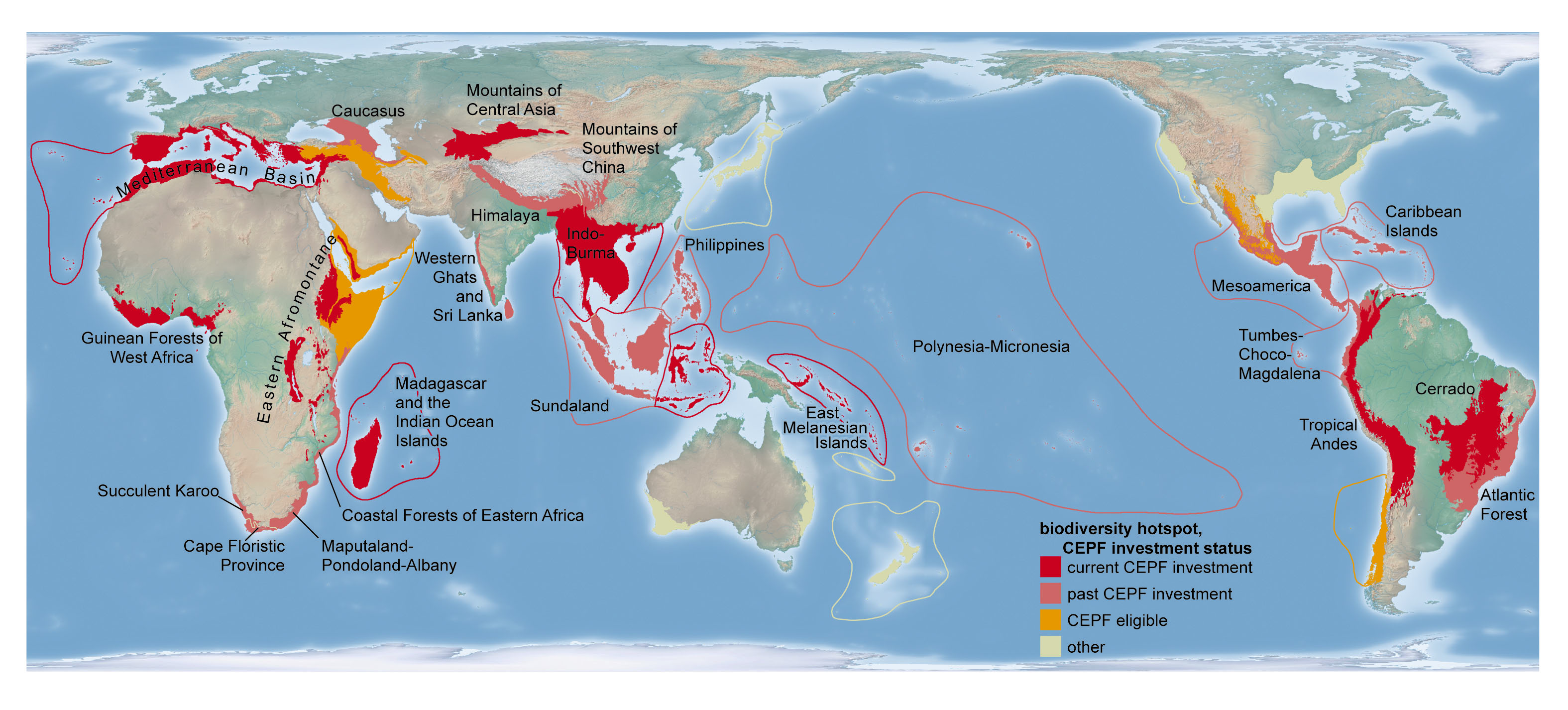Supporting civil society in biodiversity hotspots

date: 11/09/2018
In 2000, a fund was set up to safeguard the 29 hotspots situated in developing and transitional countries. The Critical Ecosystem Partnership Fund (CEPF) provides grants to civil society – NGOs, communities, indigenous groups, private sector and academic institutions – to protect biodiversity, build conservation leadership and nurture sustainable development.
Since it began, CEPF has provided grants to over 2 200 civil society organisations and individuals for biodiversity conservation projects, several of which are presented in its recently published Annual Report. Just three of these include: enabling local groups to reduce illegal waterbird hunting in southern Chinese provinces; empowering indigenous people to manage a nature reserve in southwest Colombia; and supporting the development of a scheme to pay residents in the Chyulu Hills of Kenya to maintain forests, preserving water sources and wildlife habitats.
The European Union, through the European Commission’s DG International Cooperation and Development, is one of seven global donors to the CEPF, whose grantees have contributed to the creation of 14.7 million hectares of protected areas since CEPF began, and have improved the management of 47.5 million hectares of key biodiversity areas. Through USD 217 million committed in grants in 92 countries, it has leveraged a further USD 371 million.
Read more:
http://annualreport.cepf.net/2017/
https://www.cepf.net/sites/default/files/cepf_2017_annualreport_lr.pdf
Map of global biodiversity hotspots

